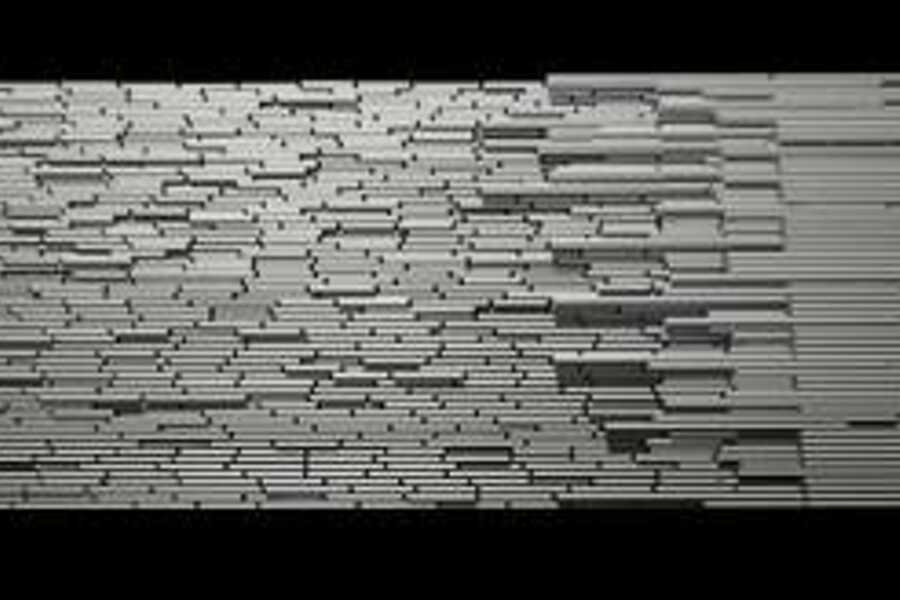Rhythm is like a heartbeat. It’s not really interesting to find out why it is beautiful; it’s more interesting to build sensitivity for it. However, talking about visual rhythm is not something Jansma is willing to do because language operates in a different realm than spatiality. Form, space, rhythm are very different from language and he argues that space is defined by what Jansma calls ‘visual logic’. Language operates in a different realm, uses different parts of the brain and putting visual logic into words is not possible, according to Jansma. When using language to describe space one starts judging space by what sounds good in language and what sounds good in language, looks more true then. This happens a lot in today’s architectural practice, Jansma notices, but he argues that visual logic has to be judged within its own realm and cannot be presented nor can it be judged in linguistic terms because it functions in this different realm.
Language and visual logic can even be opposite each other. Regularly it is suggested that content is something different from visual culture. For Jansma visual culture is very much content; rhythm, timing, breathing, looking, getting tired later have very much to do with getting your body through a space and touching it and the tactility of it. This creates sense in its own way. The moment language is used to describe it something else chips in. So Jansma avoids talking about it. He does raise the question though whether space has acquired a new communicative capacity because of technology since we are now capable of sending each other ‘some space’, where before we could only send some language or things.


